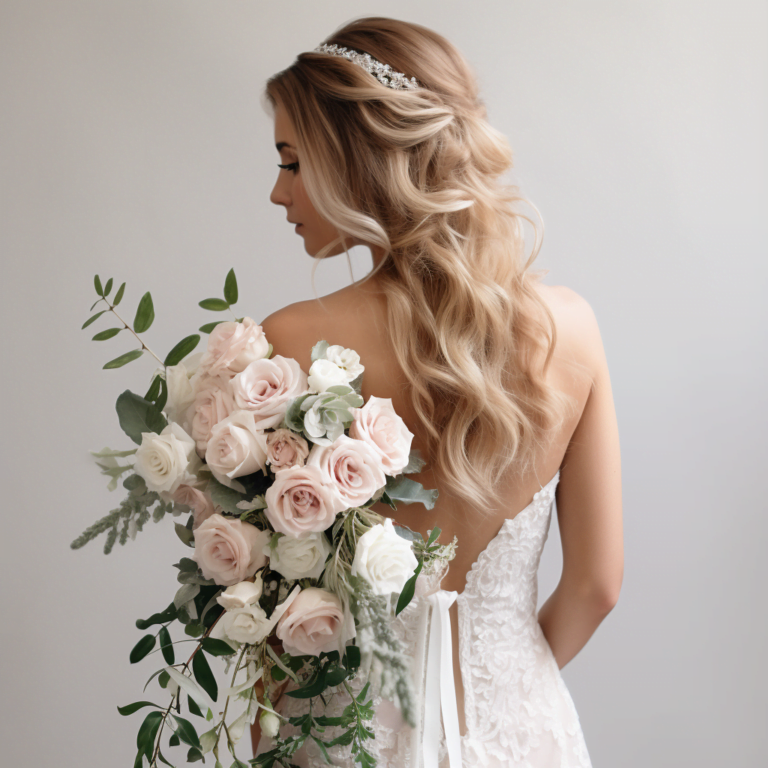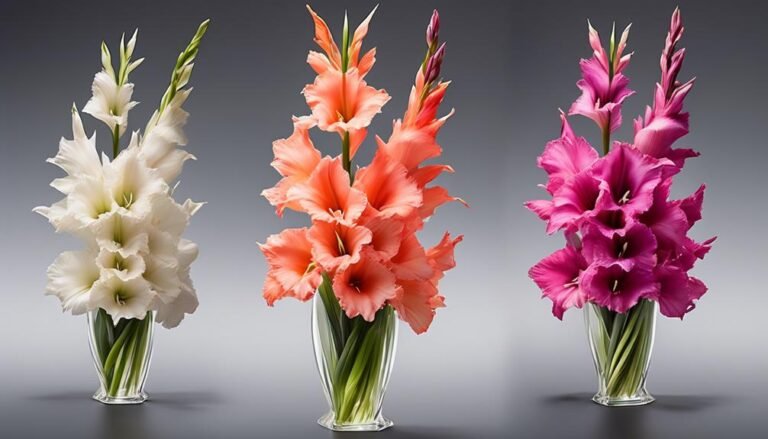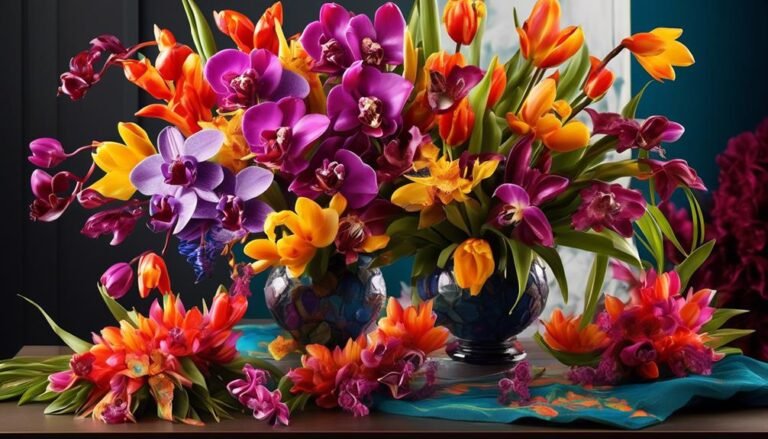Popular Types of Florist Flowers – Rose
The rose, also known as the 'queen of the garden,' is a perennial flowering plant with a rich history and an extensive range of varieties. Its delicate, fragrant blooms are like intricate works of art, each petal unfolding with mesmerizing precision. Roses come in a variety of colors and characteristics, and they are available in different varieties throughout the year.
Scientific Name: The scientific name of the rose is Rosa.
Background History: Roses have been cultivated by humans for centuries and have cultural significance in many societies around the world.
Physical Description: Roses have thorny stems and serrated leaves, with blooms that vary in size and shape depending on the variety.
Colors and Characteristics: Roses come in a wide range of colors, from classic red and pink to white, yellow, and even bi-colored varieties. They are known for their captivating fragrance and romantic symbolism.
Varieties Available: There are thousands of rose varieties, including hybrid teas, floribundas, grandifloras, and miniature roses, each with its own unique characteristics.
Seasonal Availability: While roses are available year-round, some varieties may have specific blooming seasons.
Care Tips: To keep roses fresh, trim the stems at an angle and place them in water with floral preservative. Keep them in a cool location away from direct sunlight.
Roses are a timeless and versatile flower that can be used in a wide range of floral arrangements, from elegant bouquets to romantic centerpieces. Their beauty and symbolism make them a popular choice for gifting and adorning special occasions.
Scientific Name
The common garden rose, scientifically known as Rosa x hybrid, is a hybrid species classified within the genus Rosa in the family Rosaceae. With over 300 species and tens of thousands of cultivars, roses are one of the most diverse and widely cultivated plant groups. The name 'Rosa' is derived from the Latin word for rose, reflecting the enduring popularity and cultural significance of these beautiful flowers.
Cultivation techniques for roses vary, but they generally prefer well-drained, fertile soil and full sun. Regular watering, especially during dry periods, and mulching are essential. Pruning promotes healthy growth and abundant flowering, and specialized rose fertilizers can ensure optimal growth and bloom production.
Understanding the scientific name of the common garden rose, Rosa x hybrid, provides insight into its hybrid nature and classification within the genus Rosa. The history of its classification and the cultivation techniques required for its care contribute to the appreciation and successful cultivation of these beloved flowers.
Background History
The history of rose cultivation spans over 5,000 years, with its origins dating back to ancient civilizations. The rose has been used for various purposes, including medicinal and decorative, and its cultivation techniques have evolved over time.
Ancient Persians were known for producing rose water through a process of distillation, a technique still used today to extract essential oils from roses. This ancient method showcases the enduring nature of rose cultivation techniques.
The symbolism of the rose in different cultures is profound and diverse. In ancient Greece and Rome, the rose was associated with love and beauty, often used in ceremonies to honor deities. In medieval Europe, the rose became a symbol of the Virgin Mary and was linked to spiritual devotion.
Understanding the historical background of the rose provides insight into its deep-rooted symbolism and the artistry of its cultivation techniques, highlighting the profound impact this flower has had on human history and culture.
Physical Description
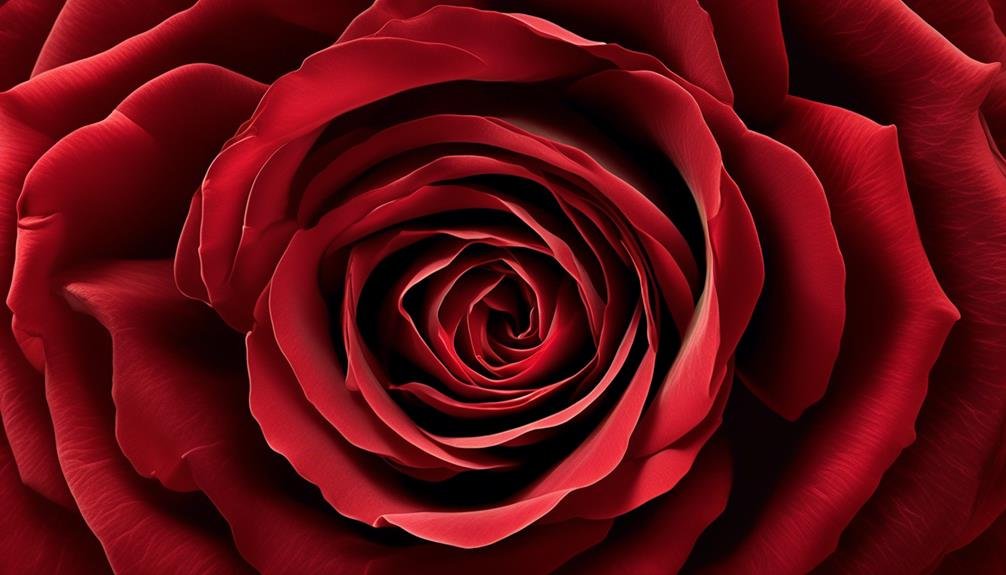
Roses come in a wide variety of colors, including red, pink, yellow, and white, each contributing to the overall visual appeal of the flower.
The petals of roses are soft and often have a velvety texture, adding to their delicate and elegant appearance. Different types of roses have distinct petal characteristics, with some featuring a lush and full appearance while others have delicate and intricate petals.
The thorny stems and serrated green leaves of roses not only serve as protective features but also add a sense of complexity to the overall aesthetic.
These physical attributes make roses a timeless and cherished floral choice, evoking a spectrum of emotions.
Colours and Characteristics
Roses come in a variety of vibrant colors, each carrying its own symbolism and cultural significance. Understanding the meanings behind these colors adds depth to the beauty of roses and enhances the messages they convey in different contexts.
Red Roses: Symbolizing Love and Respect
Red roses are universally associated with love and romance. They also symbolize courage and respect in some cultures. These roses are popular choices for wedding bouquets and to express passionate love.
Pink Roses: Conveying Grace and Gratitude
Pink roses signify grace, admiration, and joy. Light pink roses convey sweetness and innocence, while dark pink roses represent gratitude and appreciation. They're commonly used for Mother's Day, birthdays, and to express gratitude.
Yellow Roses: Representing Friendship and New Beginnings
Yellow roses symbolize friendship, joy, and new beginnings. They can also convey apology and reconciliation in certain contexts. These cheerful roses are often included in bouquets for friends and to celebrate achievements.
White Roses: Symbolizing Purity and Unity
White roses symbolize purity, innocence, and reverence. They're a classic choice for bridal bouquets and sophisticated floral arrangements, conveying unity and new beginnings in weddings.
The diverse colors and characteristics of roses continue to play a significant role in the art of floral design and communication of emotions, allowing people to express love, gratitude, friendship, and purity through these beautiful blooms.
Varieties Available
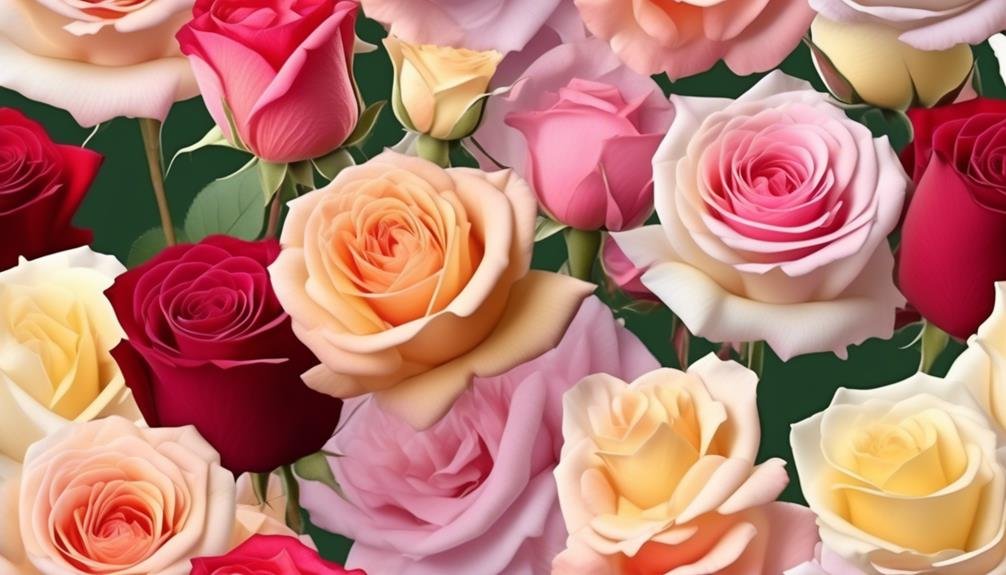
Roses offer a wide range of varieties, each with its own unique fragrance, color, and physical characteristics. This diversity makes them a popular choice for floral arrangements and gifts, catering to a variety of preferences and emotions.
The cultivation of roses results in a stunning array of blooms, from the delicate hues of the Free Spirit to the vibrant charm of Coral Charm, offering a rose for every occasion and sentiment. With types like hybrid teas, grandifloras, floribundas, and climbers, each variety requires specific care to thrive and produce its characteristic blooms.
The versatility of roses allows them to symbolize love, express gratitude, convey admiration, or offer congratulations, making them an ideal choice for any heartfelt message or celebration.
Seasonal Availability
Roses, known for their beauty and fragrance, have varied availability throughout the year due to regional climates and cultivation practices.
Their peak supply is typically during spring and early summer, with high availability during these seasons.
However, in fall and winter, availability becomes more limited due to the impact of colder weather on cultivation and shipping.
For example, winter availability is particularly affected by the colder weather, leading to limited availability.
Special varieties like garden roses may also have specific seasonal availability, being more abundant during certain times of the year.
Understanding the seasonal availability of roses is crucial for florists and consumers alike, allowing for better planning and decision-making when incorporating these beloved flowers into various arrangements and events.
Care Tips

Caring for Your Roses: Essential Tips for Longevity and Beauty
Trimming and Watering
- Trim the stems at a 45-degree angle to increase water absorption.
- Change the water every 2-3 days and trim the stems each time.
Placement and Maintenance
- Keep the roses in a cool area away from direct sunlight and drafts.
- Remove wilted or discolored petals regularly to promote new growth.
Common problems with rose care often stem from incorrect trimming techniques and inadequate water supply. Many people also have misconceptions about the ideal placement for roses, mistakenly believing that direct sunlight is beneficial for the flowers. However, direct sunlight can actually cause the roses to wilt faster, so it's crucial to keep them in a cool, shaded area.
Are Marigolds as Popular and Versatile as Roses for Florist Use?
Marigolds may not be as popular and versatile as roses for florist use, but they still hold their own among various types of florist flowers. Their vibrant colors and long-lasting blooms make them a valuable addition to any floral arrangement, adding a touch of charm and elegance.
Conclusion
Roses, also known as rosa, are a popular choice for florists due to their beauty, fragrance, and versatility. They've a rich history dating back to ancient times and come in a wide variety of colors, making them a beloved option for bouquets and arrangements.
With proper care and attention to seasonal availability, you can enjoy the timeless elegance of roses in your floral displays year-round.

